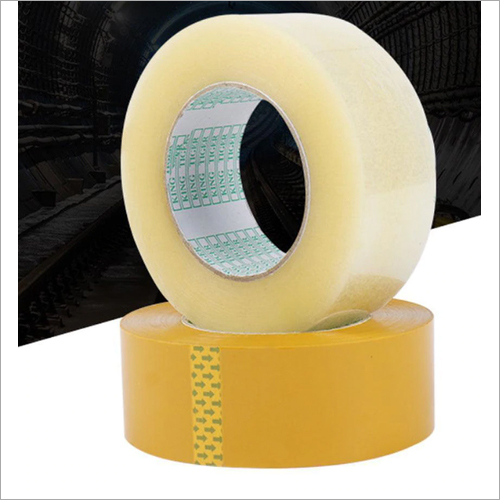Description
Polymeric Plasticizers: The Long-Chain Solution for Durable Plastics
Plasticizers are essential additives in the plastics industry, enabling the production of flexible, workable polymers from inherently rigid materials like PVC. While traditional monomeric plasticizers have served this purpose for decades, polymeric plasticizers are gaining significant traction due to their enhanced performance characteristics and improved durability. This article delves into the world of polymeric plasticizers, exploring their structure, advantages, applications, and future prospects.
What are Polymeric Plasticizers?
Unlike their monomeric counterparts which consist of small molecules, polymeric plasticizers are high molecular weight polymers. These polymers are typically esters formed from the reaction of polybasic acids (such as adipic, sebacic, or phthalic acid) with polyhydric alcohols (such as glycol or glycerol). The key characteristic of polymeric plasticizers is their long chain structure, which contributes to their unique properties.
Advantages of Polymeric Plasticizers:
The extended polymeric chains of these plasticizers offer several key advantages compared to traditional monomeric options:
- Enhanced Durability and Permanence: Due to their higher molecular weight, polymeric plasticizers exhibit significantly lower volatility and migratory tendencies. This means they are less likely to evaporate or leach out of the plastic material over time, resulting in a longer-lasting and more stable product. This is particularly crucial in applications exposed to high temperatures or aggressive environments.
- Improved Resistance to Extraction: Solvents, oils, and detergents can often extract monomeric plasticizers from plastic materials, leading to embrittlement and reduced performance. Polymeric plasticizers, with their strong entanglement within the polymer matrix, demonstrate superior resistance to extraction, preserving the flexibility and properties of the plastic for extended periods.
- Enhanced Low-Temperature Performance: Some polymeric plasticizers are designed to maintain flexibility even at low temperatures, preventing cracking and brittleness in cold environments. This is essential for applications like automotive interiors, outdoor equipment, and flexible films used in refrigeration.
- Superior Compatibility: Polymeric plasticizers exhibit good compatibility with a wide range of polymers, including PVC, elastomers, and other thermoplastics. This versatility allows for tailored formulations to achieve specific properties.
- Reduced Plasticizer Migration to Surfaces: “Blooming,” the migration of plasticizer to the surface of the plastic, can be a problem with some monomeric options, leading to a sticky or oily surface. Polymeric plasticizers minimize this phenomenon, resulting in a cleaner and more aesthetically pleasing product.
Applications of Polymeric Plasticizers:
The superior performance of polymeric plasticizers makes them ideal for demanding applications where durability and longevity are paramount:
- Automotive Industry: Used in interior components, seat covers, and weather stripping to withstand extreme temperatures and UV exposure.
- Construction Industry: Employed in roofing membranes, flooring materials, and wire and cable insulation, contributing to the longevity and weather resistance of these products.
- Medical Devices: Used in tubing, bags, and other medical products where biocompatibility and resistance to sterilization are crucial.
- Food Packaging: Certain polymeric plasticizers are approved for use in food contact applications due to their low migration and non-toxic nature.
- Toys and Childcare Products: Used in toys and other childcare products to ensure flexibility, durability, and compliance with stringent safety regulations demanding low migration.
- Consumer Goods: Incorporated into flexible films, wall coverings, and other consumer products to enhance durability and aesthetic appeal.
Future Prospects:
The market for polymeric plasticizers is expected to grow steadily in the coming years, driven by increasing demand for durable and high-performance plastic products. Ongoing research focuses on developing:
- Bio-based Polymeric Plasticizers: Utilizing renewable resources like vegetable oils and sugars to create sustainable and environmentally friendly plasticizers.
- Plasticizers with Enhanced Thermal Stability: Expanding the temperature range in which polymeric plasticizers can effectively function.
- Custom-Designed Plasticizers: Tailoring the molecular structure of polymeric plasticizers to meet the specific requirements of various polymer systems and applications.
Conclusion:
Polymeric plasticizers represent a significant advancement in plasticizer technology. Their superior durability, resistance to extraction, and compatibility with a wide range of polymers make them the preferred choice for applications demanding long-term performance and stability. As research continues to innovate and develop more sustainable and high-performance polymeric plasticizers, their role in shaping the future of the plastics industry will undoubtedly grow even stronger.









Reviews
There are no reviews yet.